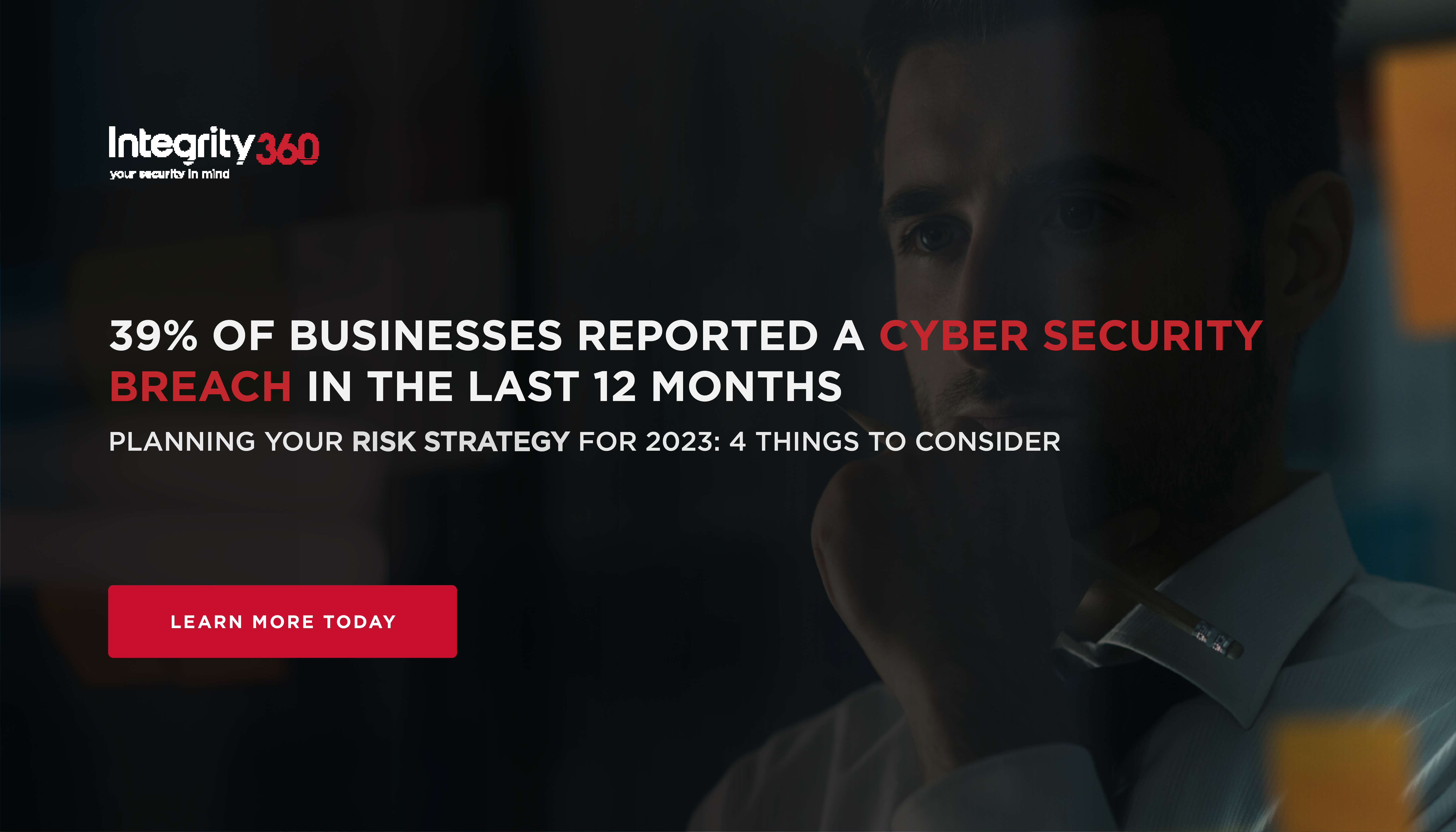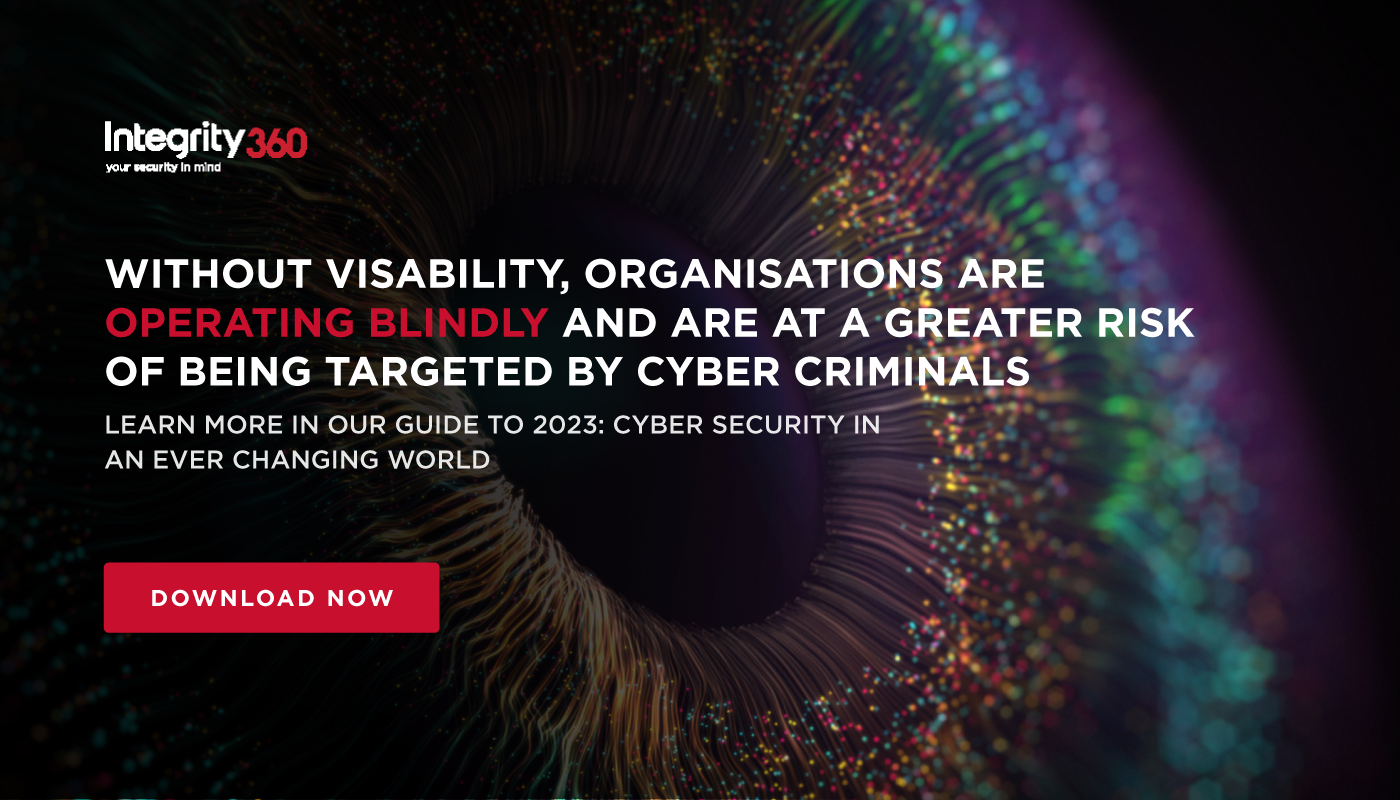Did you know that you can elevate your business continuity and safeguard your crown jewels with proactive cyber security measures? Don't let the complexity and enormity of the task overwhelm you - focus on identifying and defending your most vital assets, networks, and systems to mitigate the effects of a security breach and reduce risk.
Gaining Visibility is a Team Effort
Determining the "crown jewels" of your organisation requires a team effort, involving input from various departments including the board and a clear understanding of what systems, data, services, and networks are essential to the function of your business, and what assets are most likely to be targeted by cyber criminals.
When identifying these critical assets, it's important to consider the financial impact, the potential disruption, and the reputational damage that would result from a security incident involving them. It's also crucial to get buy-in from the top management to ensure these assets are prioritised in the organisation's security strategy and it's important to accept that a cyber incident is likely to occur at some point, and that it will not be possible to eliminate every risk.
What are the impacts?
The focus should be on understanding the potential impact and taking steps to minimise consequences, ensure business continuity and swift recovery to normal operations. This requires a collaborative approach between the management and security teams, as the management may have insights into the key partners and services that must be prioritised, while the security team is best equipped to identify and secure the systems and networks needed to support those priorities.
By identifying the crown jewels and focusing your cyber security efforts on protecting them, you not only improve the security of your organisation, but you can also more accurately assess and mitigate the threats your organisation is facing. This also allows you to justify increased spending on resources in those critical areas, reducing the question from "Can we protect all 1,000 things?" to "Can we protect these dozen critical things?"
Visibility greatly aids Incident Response Teams
Visibility plays a key role should the worst happen as incident response teams need to have a clear overview of the impacted organisation in order to determine how the breach happened and the best ways to respond.
For example, security logs need to be easy for a response team to find and analyse if a quick response is to be achieved. Many organisations, due to a lack of visibility of their internal infrastructure can have several tools doing the same job which in turn leads to confusion and slows down the incident response process as they piece together what happened.
Regularly reviewing and updating the list of crown jewels also helps to ensure that new assets and systems are added to the list as they become critical to the business’s operations. Protecting the crown jewels is an ongoing process and not a one-time task. It requires regular monitoring and maintenance of the security measures put in place to protect these assets.
Incident Response and Recovery Plans
Businesses need to have incident response and recovery plans in place to ensure they are prepared to respond to and recover from an incident.
It’s important to include threat hunting and detection mechanisms that can detect and respond to cyber threats that may target the crown jewels. This visibility can be enhanced by implementing security tools such as Security Information and Event Management (SIEM) or Managed Detection and Response (MDR) systems and threat intelligence platforms that can provide real-time monitoring and alerts on potential threats.
Making a plan
Once you have identified the crown jewels, you can then develop a tailored security strategy that focuses on protecting those specific assets. This strategy should include both preventative measures such as access controls, encryption and network segmentation, as well as detection and response capabilities such as incident response plans, security monitoring, and threat hunting. By focusing on protecting the most critical assets, you can be more confident that your overall security posture is effective.
By identifying the crown jewels and having a plan in place for how to protect them, you can also develop a more effective incident response plan. This plan should include detailed procedures for identifying, containing, and resolving a security incident. It should also outline specific roles and responsibilities for different personnel within the organisation, so that in the event of an incident, everyone knows what their role is, and how to respond quickly and effectively to minimise the impact of the incident.
Regular Testing
Regular testing of incident response plans helps to ensure that all personnel are familiar with the procedures and that they will be able to respond effectively in the event of an incident. Regular testing can also help identify and address any gaps or shortcomings in the plan before they can become an issue.
By testing and exercising incident response plans, businesses can identify potential improvement points in the security process, which can help the organisation to improve their overall security posture.
Having clear visibility over your network is vital in being able to respond to an attack quickly. If you know how and where your data goes in and out of your network, you can react to a breach quicker and respond more effectively. If you are worried about cyber threats or need help in improving your organisation’s visibility please Get in touch to find out how you can protect your organisation.











